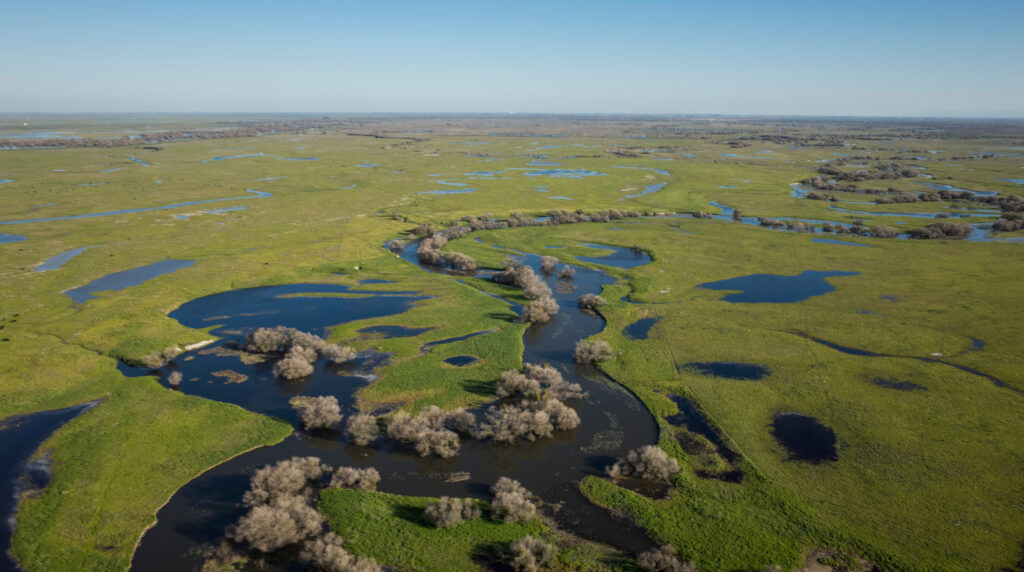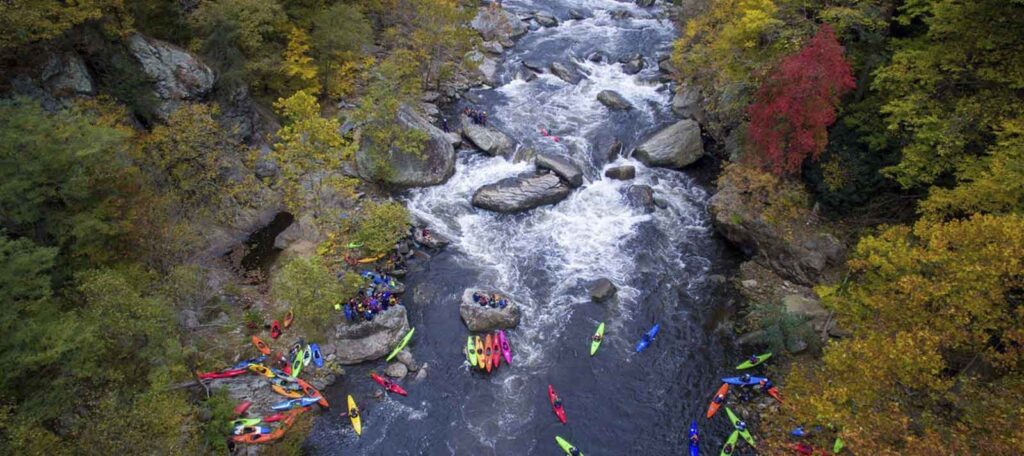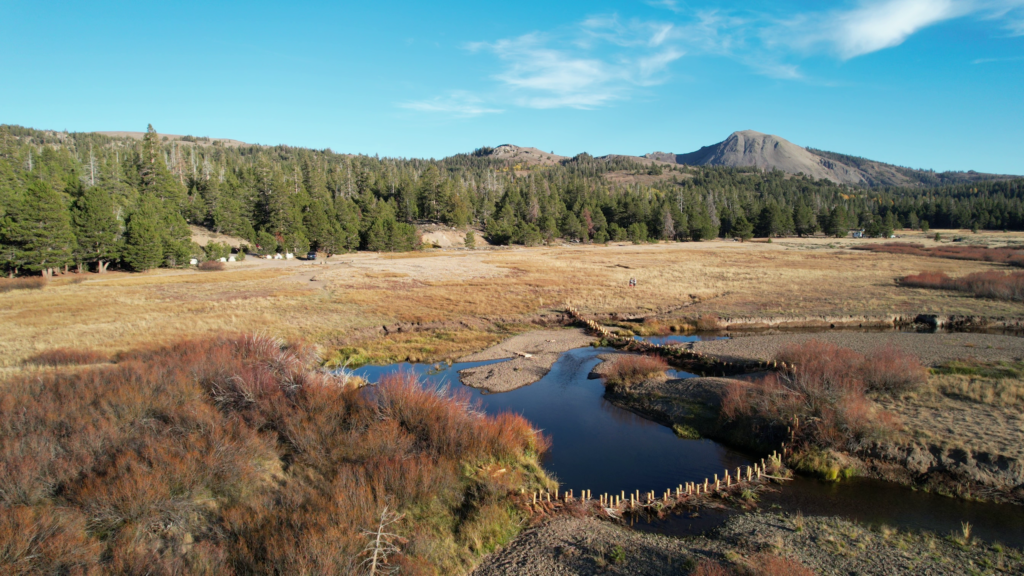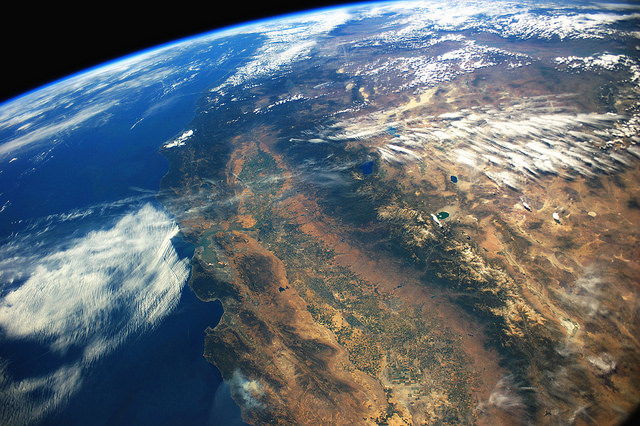Working Water is Not Wasted Water. How Healthy, Flowing Rivers Benefit People and the Environment
This op-ed was originally published on March 8th, 2023 by the San Francisco Chronicle

It’s a familiar scenario: Rising rivers are pinched off from the flood plains that could have spread, slowed, and stored the sudden abundance of water. Floodwaters break through levees and leave destruction and heartbreaking loss in their wake. Renewed frustration and fury enter the public dialogue about “wasted” water.
I could be describing the recent events in California, where footage of fast-moving rivers carrying floodwaters out into the Pacific Ocean baffled some who have been preoccupied (and rightfully so) with drought and dire predictions about the fate of California’s water supply. But it’s also the story of the Mississippi River in the aftermath of the 1849 flood of New Orleans. And the 1927 flood in New Orleans. And California’s Central Valley floods of 1964, 1982, 1995, 1997, 2017, and, of course, this past month. Over the past 150 years of river management, floods have been framed as “wasted water,” falsely pitting the environment against the economy, ignoring the self-inflicted consequences of rivers constrained by levees, and overlooking the opportunities healthy rivers provide to support people and ecosystems. It is time (again) to take a more holistic approach, recognizing that the health of our rivers is central to our state’s future. Flowing rivers are working rivers, and they benefit us all.

Let's Stay In Touch!
We’re hard at work for rivers and clean water. Sign up to get the most important news affecting your water and rivers delivered right to your inbox.
River managers use the term “environmental flows” to describe the water that’s allowed to stay in rivers to nurture the ecosystem, as opposed to water diverted or stored for farms, cities or hydropower. While I worked at the UC Davis Center for Watershed Sciences, we dove in deep on environmental flows, calculating an environmental flow management strategy for every major tributary to the San Joaquin River, which nourishes the valley that bears its name. We modeled two environmental flow policies being considered by the state and how each affected a watershed’s hydropower production, flood control, and water supply.
The first provides a percentage of natural flows, ranging from 30% to 50%.
The second focuses on restoring specific pieces of annual flow patterns that support ecologically valuable functions (e.g., seasonal floods or spring snowmelt).
The big takeaway? Healthy, flowing rivers benefit people. We learned that environmental flows can enhance the state’s hydropower production, rather than create an additional constraint to competing water demands. We learned that water was available for storage when we focused on the relationship between flow quantity and ecological quality. We recognized that, above a certain point, more water was not necessarily better.
But we also learned that, even if we committed to environmental flows tomorrow, we’ve pinched our rivers so tightly between a maze of levees that they don’t have space to carry even modest historical floods, let alone what we’re likely to see with climate change.




